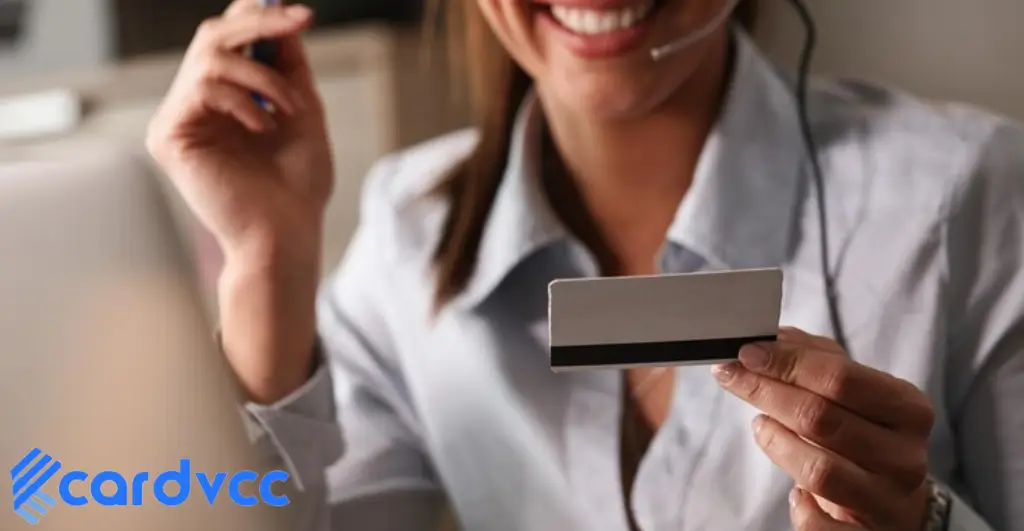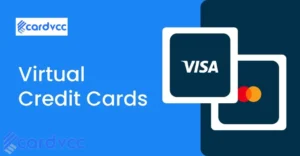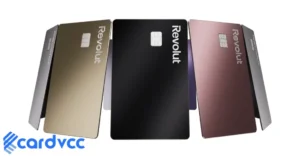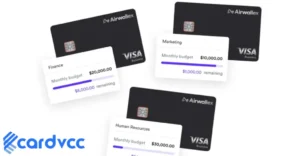To dispute a charge on your debit card, contact your bank immediately and provide details about the unauthorized transaction. Follow their instructions to initiate the dispute process.

Disputing a charge on your debit card can be a straightforward process if you act quickly. First, review your bank statement to identify the unauthorized transaction. Contact your bank’s customer service and explain the issue. Most banks have specific procedures to handle disputes, which may include filling out a form or providing additional documentation.
Acting promptly increases the chances of a successful resolution. Keep track of all communications with your bank for reference. This proactive approach ensures your financial security and helps you resolve the issue efficiently.
Reviewing Your Statement
Reviewing your bank statement is the first step in disputing a charge. This process helps you catch errors and unauthorized transactions.
Identifying Unauthorized Charges
Start by identifying any unauthorized charges. These could be amounts you did not spend.
- Look for unfamiliar merchant names.
- Check the date and amount of each transaction.
- Highlight any charges you don’t recognize.
Double-checking Transactions
Next, double-check your transactions to ensure accuracy. Verify each charge matches your receipts.
- Compare your receipts to your statement.
- Check if the amounts match exactly.
- Ensure the dates are correct.
If you find any discrepancies, note them down. Keep your receipts organized for easy reference.
| Transaction | Amount | Date | Status |
|---|---|---|---|
| Starbucks | $5.00 | 01/02/2023 | Authorized |
| Amazon | $25.00 | 01/03/2023 | Unauthorized |
Using a table like this can help you organize your findings. It makes it easier to dispute charges with your bank.
Contacting Your Bank
If you need to dispute a charge on your debit card, contacting your bank is essential. This step ensures your issue is addressed promptly. Follow the steps below to make this process smoother.
Gathering Necessary Information
Before contacting your bank, gather all necessary information. This helps in explaining your case clearly.
- Transaction Details: Note the date, amount, and merchant name.
- Account Information: Have your account number and debit card handy.
- Receipts and Statements: Collect any receipts, emails, or bank statements.
Speaking With Customer Service
Now, call the customer service number found on the back of your debit card.
Follow these steps when speaking with customer service:
- Explain the issue clearly and concisely.
- Provide all gathered information.
- Ask for a case or reference number.
- Take note of the representative’s name.
Be polite and patient, as this can speed up the resolution.
Submitting A Dispute
If you notice a suspicious charge on your debit card, take action fast. Submitting a dispute can help you get your money back. There are different ways to dispute a charge. Let’s explore them below.
Online Dispute Forms
Many banks offer online dispute forms. Log in to your bank’s website. Look for the option to dispute a charge. Fill out the form with details about the charge. Provide your account number and the amount in question. Submit the form and wait for a response.
- Log in to your bank’s website
- Find the dispute form
- Fill in the details
- Submit and wait for a response
In-person And Phone Disputes
You can also dispute a charge by visiting your bank. Speak to a customer service representative. Explain the situation and provide any necessary documents. They will guide you through the process. Alternatively, you can call your bank’s customer service number.
- Visit your bank branch
- Speak to a representative
- Provide necessary documents
- Follow their guidance
If you choose to call, have your account information ready. Explain the charge you are disputing. The representative will help you file the dispute over the phone.
Both methods are effective. Choose the one that is most convenient for you.
Providing Evidence
When disputing a charge on your debit card, providing evidence is crucial. This evidence helps your bank understand your claim. It also speeds up the dispute process. Here, we focus on gathering the right documents.
Receipts And Statements
Gather all receipts related to the disputed charge. These can include:
- Physical receipts from stores
- Email receipts for online purchases
Check your bank statements to find the charge. Highlight or mark the disputed transaction. This helps your bank spot the issue quickly. You can download your statements from your online banking portal.
Documenting Communication
Documenting communication is another key step. Keep records of any contact with the merchant. This can include:
- Email conversations
- Chat logs from customer support
- Notes from phone calls
Use a table to organize these communications:
| Date | Method | Details |
|---|---|---|
| 2023-10-01 | Asked for a refund | |
| 2023-10-03 | Phone | Spoke to customer service |
Recording these interactions helps prove your efforts to resolve the issue. Always ask for a reference number during calls.

Can Virtual Credit Cards Serve as a Defense Against Cyber Fraud?
The digital world is growing fast. With growth comes risk. Cyber fraud is one of these risks. It is a big problem. Can virtual credit cards help? Let’s find out!
What Are Virtual Credit Cards?
Virtual credit cards are like regular credit cards. But they are not physical. They exist only online. You use them for online shopping. They have unique numbers. These numbers are different from your real credit card.
How Do Virtual Credit Cards Work?
Virtual credit cards work online. You get a unique number for each purchase. This number is used only once. It keeps your real credit card safe. You can set limits on the card. This helps control your spending.
Upsides of Virtual Payment Strategies
There are many upsides to virtual payment strategies. They offer safety and control. Let’s look at some benefits:
- Enhanced Security: Each card has a unique number. This makes it hard for hackers to steal.
- Controlled Spending: You can set limits. This helps you manage your money better.
- Easy to Use: You can create a card in minutes. It is simple and fast.
- Privacy Protection: Your real card number stays private. This keeps your information safe.
- Limited Use: The card can be used only once. This limits the risk of fraud.
How Virtual Credit Cards Fight Cyber Fraud
Cyber fraud is a big issue. Virtual credit cards offer a solution. Here is how they help:
| Feature | Benefit |
|---|---|
| Unique Card Numbers | Hard for hackers to use stolen numbers |
| Set Limits | Control overspending |
| One-Time Use | Reduces risk of repeated fraud |
| Privacy Protection | Keeps real card number safe |
Join Cardvcc & Instantly Create Virtual Credit Cards
Cardvcc is a great service. It helps you create virtual credit cards. It is fast and easy. You can join Cardvcc today. Protect yourself from cyber fraud. Visit Cardvcc.com to learn more.
Steps to Create a Virtual Credit Card with Cardvcc
Creating a virtual credit card is easy. Follow these steps:
- Visit Cardvcc.com.
- Sign up for an account.
- Choose the type of virtual card you need.
- Set your spending limit.
- Create the card. Use it for online shopping.
Real-Life Example: How Virtual Credit Cards Saved the Day
Jane is a frequent online shopper. She uses a virtual credit card for each purchase. One day, a website she shopped from got hacked. Many customers had their card details stolen. But not Jane. Her virtual card was used once and then expired. The hackers could not use her card. Jane’s real card stayed safe.
Virtual credit cards are a great tool. They offer safety and control. They help fight cyber fraud. Services like Cardvcc make it easy to create these cards. Protect yourself today. Use virtual credit cards for online shopping.
Following Up
Following up on your debit card dispute is crucial. It helps ensure your issue is resolved. Here’s how to do it effectively.
Checking Dispute Status
After you file a dispute, check its status regularly. This helps you stay informed. Most banks provide online tracking tools. Log into your bank’s website or app. Look for a section related to disputes or claims.
If you don’t find updates online, call your bank. Ask the representative for your dispute status. Keep a record of your conversation. Note down the date, time, and the person you spoke with. This can be useful later.
Responding To Bank Requests
Banks may need more information from you. They might ask for documents or more details about the dispute. Respond to these requests promptly. Delays can slow down your case.
Use the bank’s preferred communication method. This could be by email, phone, or their website. Make sure to provide clear and accurate information.
Here’s what you might need to provide:
- Receipts
- Invoices
- Emails or messages with the merchant
- Any other proof of your claim
Keep copies of everything you send. This is important for your records.
Tip: Be polite and patient in your communication. This can help resolve your dispute faster.
Resolution Process
Disputing a charge on your debit card can be stressful. Understanding the resolution process can ease this stress. This process involves several steps to resolve your dispute. It is crucial to know what to expect during each stage.
Possible Outcomes
There are several possible outcomes when you dispute a charge:
- Charge Reversal: The bank refunds the disputed amount.
- Charge Upheld: The bank finds the charge valid, and no refund occurs.
- Partial Refund: The bank refunds part of the disputed amount.
Timeframes For Resolution
The time it takes to resolve a dispute can vary:
| Resolution Action | Timeframe |
|---|---|
| Initial Investigation | 10 Business Days |
| Provisional Credit | Within 10 Business Days |
| Final Decision | Up to 45 Days |
During this time, keep all communication records. This helps ensure a smoother process. Be patient and follow up if needed.
Preventing Future Issues
Disputing a charge on your debit card can be stressful. To avoid future problems, take proactive steps. Below are effective strategies to protect your account.
Monitoring Your Account
Regularly check your bank statements. This helps you spot any unauthorized transactions quickly. Make it a habit to review your account at least once a week.
Online banking makes this easier. Log in to your account and look for any unusual activities. Catching errors early can prevent bigger problems later.
Using Alerts And Notifications
Many banks offer alerts and notifications. These can inform you about new transactions, low balances, or large purchases.
Set up email or text alerts through your bank’s website or mobile app. This way, you get instant updates about your account activities.
| Alert Type | Benefits |
|---|---|
| Transaction Alerts | Know about every transaction immediately. |
| Low Balance Alerts | Avoid overdraft fees. |
| Large Purchase Alerts | Spot unauthorized big purchases quickly. |
Using these methods can help you keep your account safe. Stay alert and proactive to minimize risks.

Frequently Asked Questions
Can I Dispute A Debit Card Charge That I Willingly Paid For?
Yes, you can dispute a debit card charge you willingly paid for if there’s an error or unauthorized use. Contact your bank immediately to start the process.
How Long Do You Have To Dispute A Charge On Your Debit Card?
You usually have 60 days to dispute a charge on your debit card. Check your bank’s policy for specifics.
How Do I Cancel A Charge On My Debit Card?
Contact your bank immediately. Report the charge as unauthorized. Request a charge dispute form. Fill out and submit the form. Follow up for updates.
How To Dispute An Unauthorized Charge On A Debit Card?
Contact your bank immediately. Report the unauthorized charge. Provide details and evidence if possible. Request a chargeback. Monitor your account for further issues.
Conclusion
Disputing a charge on your debit card is straightforward and takes the right steps. Always monitor your account regularly. Contact your bank immediately if you spot an error. Provide all necessary documentation to support your claim. These steps can help ensure a smooth resolution and protect your financial well-being.
Read More- Best Virtual Credit Card Providers







